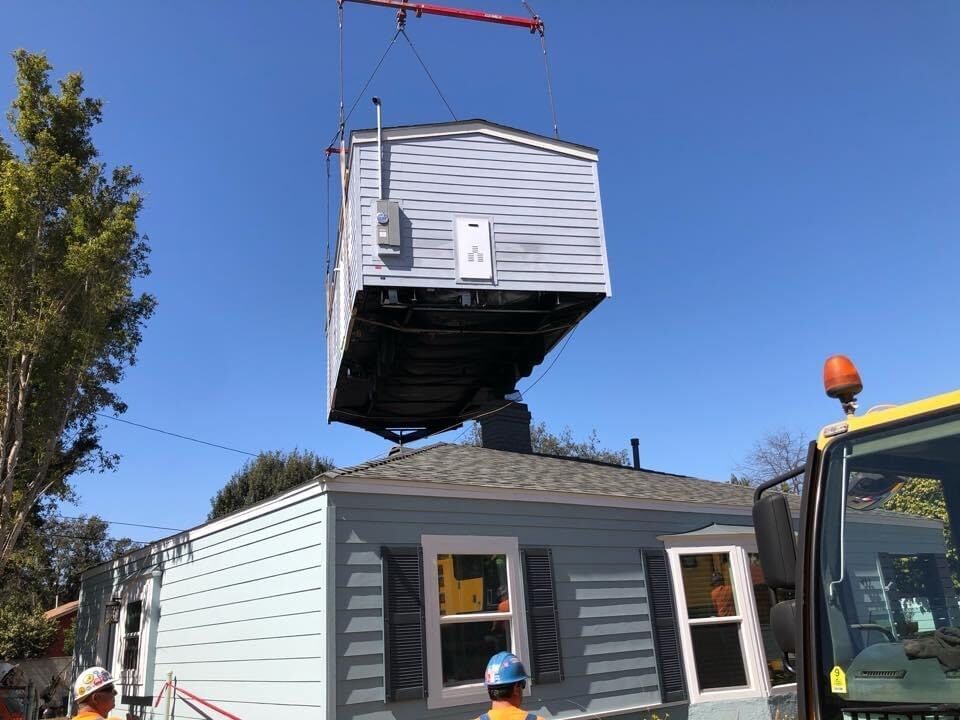Health impacted outside the doctor’s office
Research consistently shows a direct correlation between income, race, where people live and their health. That research also finds health outcomes for low-income Latinos, Blacks and other minorities are not as favorable as those for affluent White people. Colorado is no exception to this scientifically validated – but preventable – trend, despite significant gains in providing health coverage to its residents and boasting the lowest obesity rate in the country.
“Vital Signs,” a new online report by the Colorado Center on Law and Policy, shows the influence of income, race and place on health, and reveals stark disparities in Colorado and how those who live in the state are affected.
The organization is a nonprofit, nonpartisan research and advocacy organization engaged in legislative, administrative and legal advocacy for low-income Coloradans.
“We wanted to drive home the point that health outcomes are also determined by things outside the doctor’s office,” said Michelle Webster, the author of the study and the center’s manager of research and policy issues, in an interview with The Colorado Statesman. “There’s a real need for policymakers and others to look at health in a broader way.”
“We live in a state of abundant resources,” said Claire Levy, the center’s executive director, in a news release about the study. “Yet, disparities persist that policymakers have the power to address. With change coming in Washington and the 2017 Colorado legislative session approaching, we hope that ‘Vital Signs’ will help lawmakers and stakeholders identify the areas for improvement and the work to be done. Shared prosperity is essential to a sustainable state economy and the health and well-being of all Coloradans, regardless of income, race or place.”
Webster added “the stakes are high” in the current political climate and Colorado budget crunch facing lawmakers in next year’s session.
“We do have difficult policy and budget environments that will make these kinds of conversations hard,” she said. “But we also want to stress that this is not the time to decrease our investments in these issues. So it’s crucial we make the point that it’s important people have access to things like affordable housing, and that there are health implications for those who don’t.”
The report’s findings are also particularly relevant as Colorado becomes an increasingly multiracial state, Webster and its other authors pointed out. Between 2000 and 2015, minorities increased from one-quarter of the state’s population to nearly one-third. By 2040, minorities will make up an estimated 45 percent of the state’s population.
Communities of color in Colorado are disproportionately low-income, more likely to live in high poverty neighborhoods, attend high poverty schools, and are at a greater risk for poor health outcomes. As the state’s demographics shift, the race-based economic and health chasm will drive the overall health and economic vitality of the state as a whole, the report noted.
“We really want to see our policymakers make and see those types of connections,” Webster stated.
Making the money-health link
The center produces an annual economic report, Webster said, that shows while Colorado’s economy has grown substantially in recent decades, the benefits of that growth have not been broadly shared: Income gains have disproportionately flowed to families at the top of the income distribution, wages for workers in the top 20 percent of earners are up nearly 9 percent since 2000 but earnings for the bottom 20 percent are down nearly 2 percent.
Meanwhile, Colorado’s wage gap by race and ethnicity persists. Latino and Black workers tend to experience higher rates of unemployment, higher rates of poverty and lower wages compared to their White counterparts. Median income for Latino and Black workers is only 65 percent of income for White workers.
Disparities in income and health care in rural and urban areas also lead to disparities in health outcomes, the report stated. In general, White, urban and affluent residents have easier access to quality health care and fare better than low-income, non-White and rural residents.
“The message we want to send is that economic trends and indicators have health impacts,” Webster said.
Center officials planned to present the “Vital Signs” and economic analysis studies to state lawmakers after the session begins in January, Webster added, and she and others will give testimony and information in committee hearings on legislation that addresses health outcomes, income, housing and other related issues.
“There have been studies done that found about 40 percent of people nationwide, at some point in their lifetime, need to rely on some type of government aid program,” Webster said. “We think it’s entirely proper to have work-support types of programs available to help people when they need it. It’s a worthwhile investment, so having Colorado-specific data in this report, we hope, will be persuasive, particularly with the difficult choices ahead with the state budget.”
Income affects life expectancy of Coloradans – Wealthier Coloradans live 6 to 10 years longer than people at the other end of the income spectrum. Men in the bottom quarter of the income distribution in Colorado, in particular, have not seen any improvement in life expectancy in the last 14 years. And the longevity gap between low- and high-income people varies substantially, depending on where they live.
Nearly 23 percent of Coloradans living at the federal poverty level report experience poor or fair physical health – At each progressively higher income level, fewer and fewer people report poor or fair health.
Living in poverty is taxing and stressful on both adults and children – Research has shown that growing up poor can impair brain function and mental health as an adult. So it’s not surprising that Coloradans living in poverty were three times more likely to report poor mental health compared to people in higher income brackets.
The share of Coloradans reporting poor physical and mental health is substantially higher among lower-income people, no matter their racial and ethnic groups – Disparities in health outcomes by race and ethnicity are well-documented. When broken out by income, however, differences in physical and mental health outcomes between White, Black and Latino Coloradans narrow. This finding points the need to address income disparities to help eliminate racial disparities in health outcomes in Colorado.
The economic gap between urban and rural areas of the state has continued to widen since the Great Recession, which has direct consequences on health outcomes – Median household income is 29 percent lower in rural areas of the state compared to urban areas. Poverty and unemployment rates are also higher in rural counties, with the poorest health outcomes concentrated in the southern part of the state.
In addition to findings such as these, “Vital Signs” also features the perspectives of four people who suffered because of health disparities but found help or a path to sustainability through a Colorado organization dedicated to improving health. This part of the report was funded by The Colorado Trust’s Health Equity Advocacy program.











